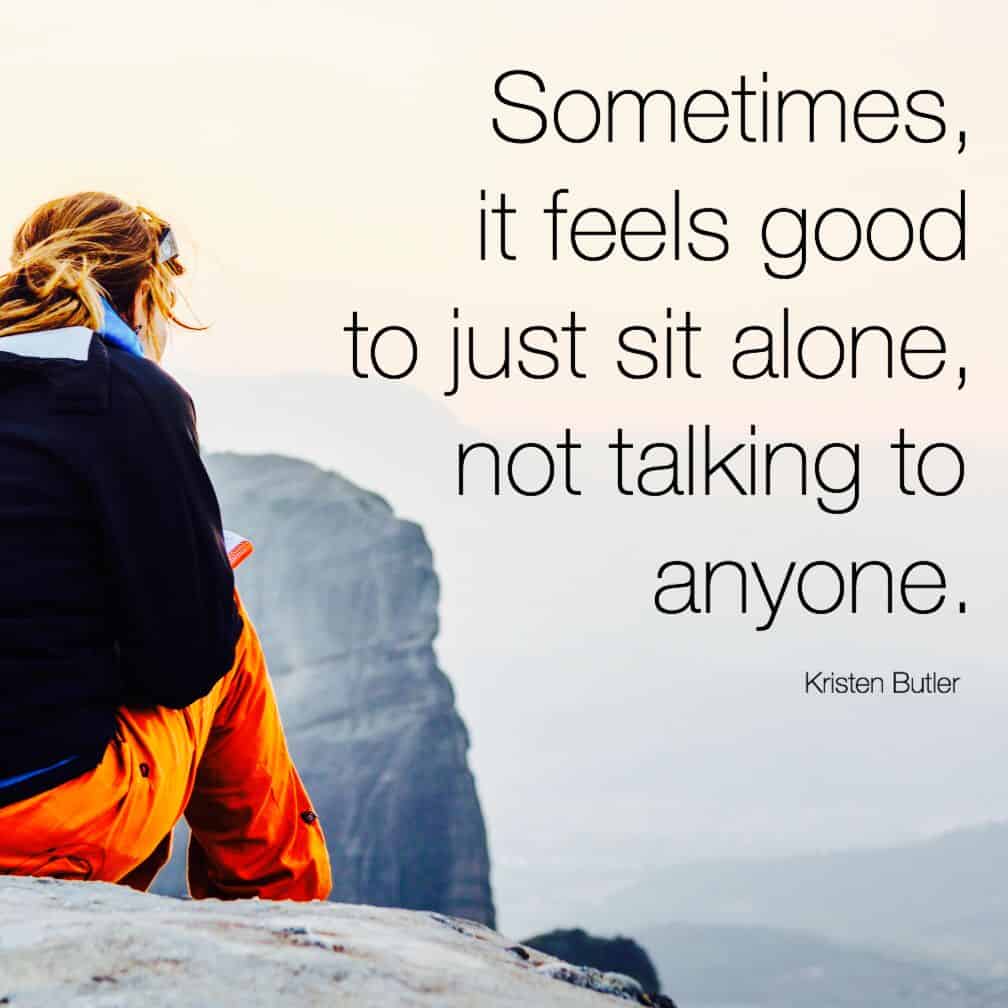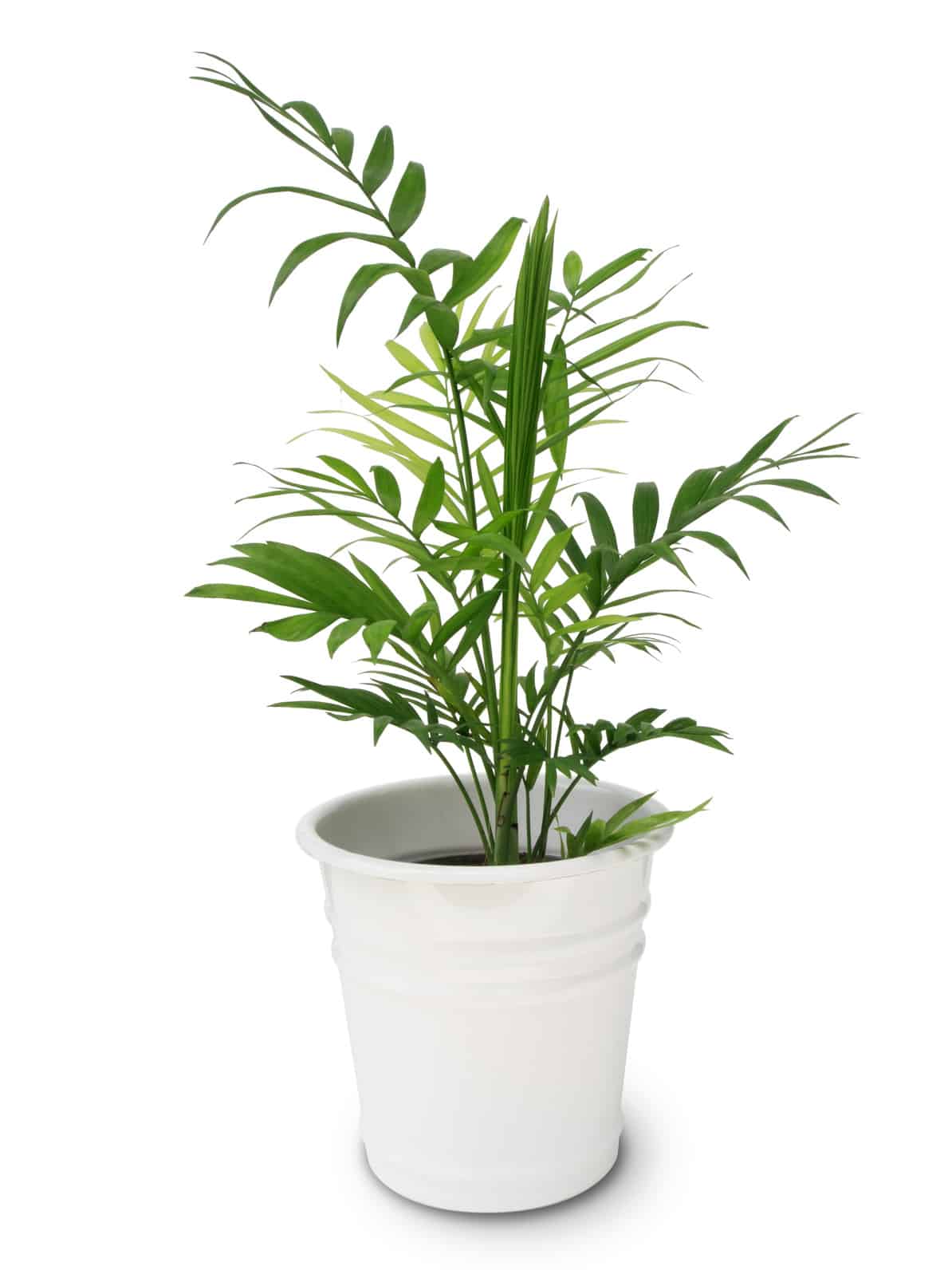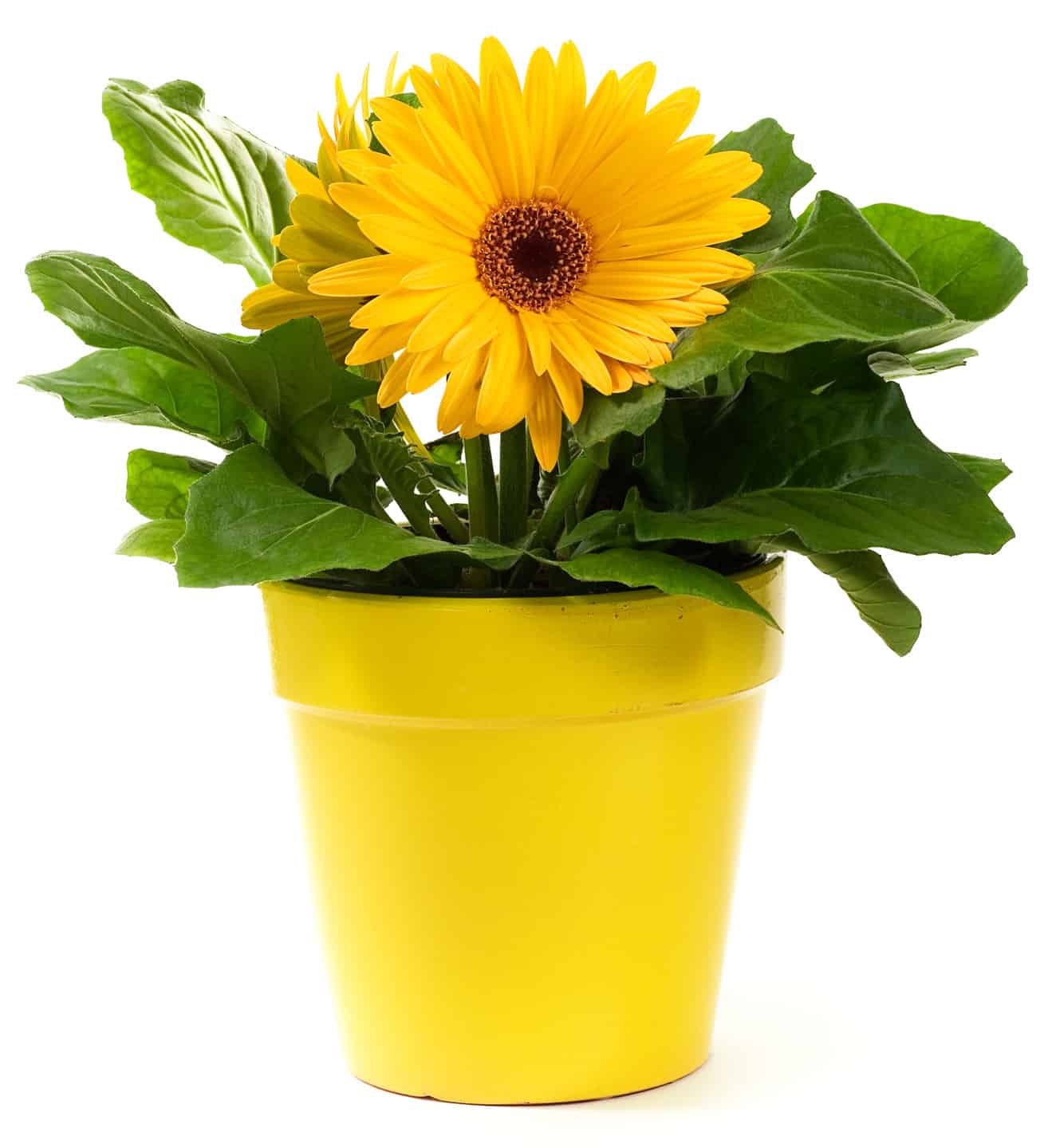As allergy season approaches quickly, you’ll need to start preparing by having the necessary things on hand to prevent them before they start. Many people wait until they actually have an allergy before they seek out treatments and remedies, often going for prescription drugs to offer a quick fix. However, keeping your system healthy and filled with important nutrients can go a long way in helping keep allergies at bay.
According to WebMD, 55% of Americans test positive to one or more allergens, meaning that the majority of us reach for tissues, allergy meds, and a whole lot of orange juice at some point during the year. To keep your immune system healthy enough to literally block allergens from affecting your body, we’ve gathered this list of important things to do to prevent allergies before they start. Let’s look at some of these ideas below.
Here are 5 ways to prevent allergies before they start:
1. Make sure you take enough Vitamin D
Many studies to date, with the inclusion of this one from the Indian Journal of Allergy, Asthma and Immunology (IJAAI), have found that Vitamin D can help prevent allergies, and Dr. James Sublett, president of the American College of Asthma Allergy and Immunology, agrees. He recommends adding Vitamin D to your diet every day.
“There’s some evidence that vitamin D may play a role in some allergic disorders,” Sublett said. “Other than that, there’s not much evidence that vitamins make a difference [in allergy prevention and treatment].”
The study in the IJAAI discovered that Vitamin D supplements “emerged as a ray of hope” in allergic rhinitis.
2. Make regular exercise a part of your routine
This study out of Thailand found that people who ran for 30 minutes with an elevated heart rate had a 70 percent decrease in allergy symptoms like sneezing, runny nose, itchy eyes and throat, and congestion.
Allergy experts suspect that this correlation exists because doing cardio can relax the inflammatory proteins inside nasal passages. If you don’t want to exercise outdoors due to the airborne allergens, you can always do workout videos at home or join a local gym.
3. Clean your space often
Nothing attracts allergens like a dirty household, so make sure to wipe down surfaces often with a natural cleaner, and if you have pets, make sure to clean the furniture as well. Try to clean up as you go rather than allot one day per week or month to cleaning – this way, the allergens won’t have as much of a chance to build up over time, and your space will be superbly clean each day!
4. Vacuum carpets regularly
This might seem obvious, but allergens love to hide in carpets, so vacuuming regularly can ensure that none of those pesky dust mites or other allergens will make a home in YOUR home. Having wood floors or another hard surface is ideal for keeping allergens away, but if you have carpet, just make sure to vaccuum at least once a week. Clean the baseboard area with an attachment also, as allergens can hide in those hard to reach places.
5. Wash sheets in hot water and use mattress covers
Dust mites love to make a home in your sheets, pillows, and mattresses, so make sure to clean these regularly. Many allergies begin right where you sleep, so wash your sheets and pillows in hot water at least once per week, especially during allergy season. Also, use a mattress cover to avoid direct contact with your mattress in case of dust mites. Even if you have sheets covering your mattress (most of us do, I assume), the dust mites can still find their way through the sheets and onto you. By having an extra layer between you and your mattress, you’ll further prevent contact with the dust mites.
In addition to those tips, also remember to stay hydrated, eat plenty of whole, fresh foods such as fruits, vegetables, nuts, and seeds, and keep stress levels low. Inflammation causes most any disease or ailment, including allergies, so by keeping inflammation out of your body, you can ensure that allergies stay away, as well.
























